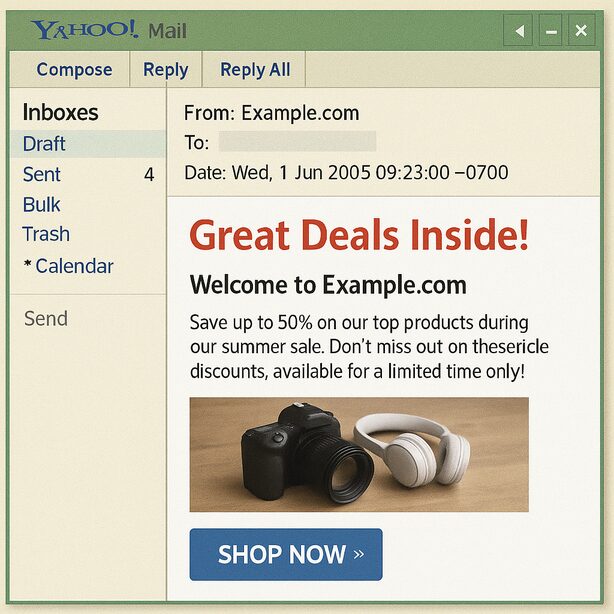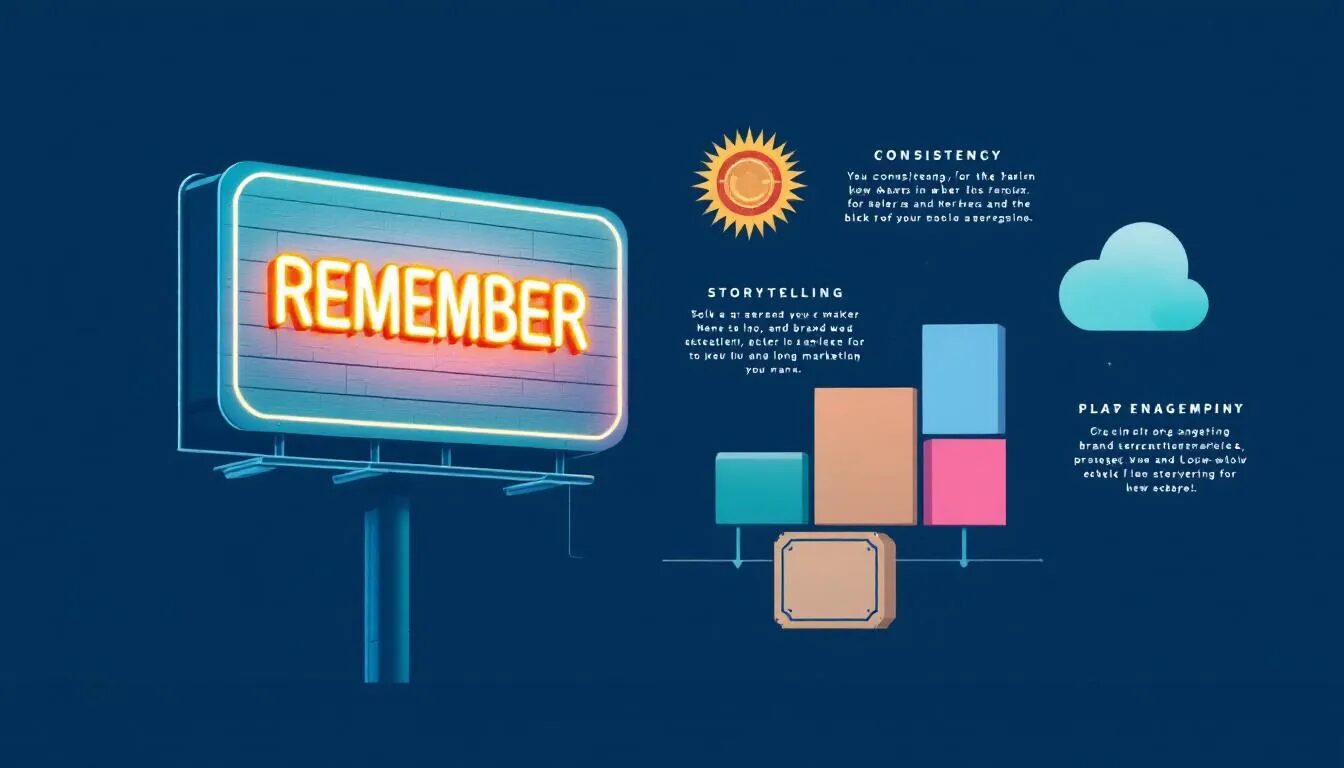
5 Copywriting Tips to Become a Pro
Copywriting is a huge part of marketing these days. It’s the salt to marketing’s pepper, the peanut butter to marketing’s jelly. If you have a rad product or offer but aren’t communicating it effectively to your customers, you’ve got zero!
That’s where great copywriting comes in. Thankfully, creating copy that gets people excited and wanting to buy isn’t as tough as it might seem; follow a few simple steps and you’re a hero.
1. Get Those Creative Juices Flowin’
People say the hardest part of copy is figuring out where the heck to start. Get the juices flowing with a brainstorm. Grab a colleague, friend or family member (because we all know brainstorming by yourself is super hard). Use techniques like:
- Check out background information
- Follow current events
- Follow social media sites
- Form a list
- Use cluster writing (What the heck is that, you say? Cluster writing is pre-writing that allows you to explore a bunch of ideas as they occur.)
- Create a Venn diagram, to compare and contrast ideas
- Make a mind map (a diagram that connects ideas with a central subject
- Free-writing (just what it sounds like!)
Don’t forget to ask yourself some questions as you begin to write (and yes, talking to yourself is fine):
- What am I selling, literally and figuratively?
- To whom am I selling?
- Why am I selling this now? Is it timely?
- What do I want my reader to do? How do I generate the response I want?
Read Copyblogger’s 1-2-3-4 Formula for Persuasive Copy for more details on these key questions.
2. Know Your Features vs. Benefits
What a product or service offers is a “feature.” The “benefits” are what that product provides the customer. Customers will always ask about the benefits, i.e., “What’s in it for me?” So present your info that way when you’re writing.
Some examples are:
• Live-streaming (feature) vs. real-time digital access from remote location (benefit)
• Hashtagging (feature) vs. keeping up with the latest trends (benefit)
3. Keep It Simple
Remember your customers are human – so humanize your words. A helpful acronym to remember how to do this is AIDA.
- Grab your audience’s Attention
- Hold their Interest
- Invoke Desire (talk about benefits, give real examples, offer a solution to their problem)
- Generate a call to Action (make your readers do what you want them to do)
4. Structure & Style
After your brainstorming session and once you have an idea of the direction you’re headed, follow some simple structure and style guidelines. These will help ease the writing process.
Less Is More
People read 25 percent slower online than offline, so write less copy to maintain engagement.
Place Key Points Up Top
Keep your most important points at the beginning of your copy, and use bullet points, lists and infographics to make content easy to digest.
Keep It Short
Maintain your reader’s attention; keep your paragraphs at a three-line maximum.
Odd vs. Even
Odd numbers stick better than even, so form lists, provide facts and find stats in odd numbers, if possible (i.e., 3 ways, 5 ideas, 7 how-tos).
Ease the Cheese
Don’t pound on the sales mindset. A good ratio for your content is ¾ free info versus ¼ sales info.
Three is Key
List your examples in groups of three. The rhythm of three keeps a great beat in your copy.
Cut the Clutter
Get straight to the point. Copy is clean and effective when unnecessary words are cut. Use the active voice whenever possible. Begin lists with active verbs like Read. Get, Download, etc. These active verbs are also great in calls-to-action. Eliminate phrases like, “be sure to” and just tell them what to do.
Change it Up
Varying your sentence length holds a reader’s attention. Don’t be afraid to include fragments. Easy to read. Easy to digest.
Use ‘Bucket Brigade’ Words
Bucket brigade words provide action to your copy. Use words like remember, and, but, consider, however, for example, etc.
Find the Font
Sans-serif fonts, such as Arial, Verdana and Helvetica are very easy to read. People don’t want to take the time to piece together hard-to-read text.
Nail the Pictures/Text Ratio
Include a healthy combo of photos and text, ideally 80 percent text and 20 percent images. Sometimes pictures can communicate a message better than a description.
5. Edit, Edit, Edit
Remember to double, even triple check, your work by doing the following:
- Spell check
- Proofread
- Read copy out loud (this will help you hear what your readers hear)
- Show it to someone else
—
Follow these five tips, and go from copywriting zero to hero!
© 2013 – 2018, VerticalResponse. All rights reserved.



